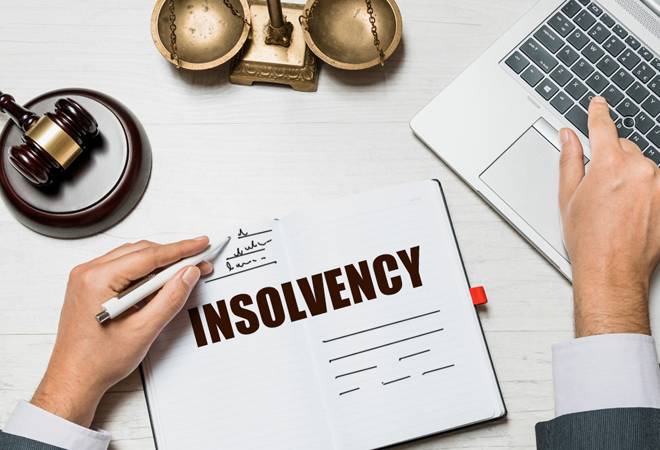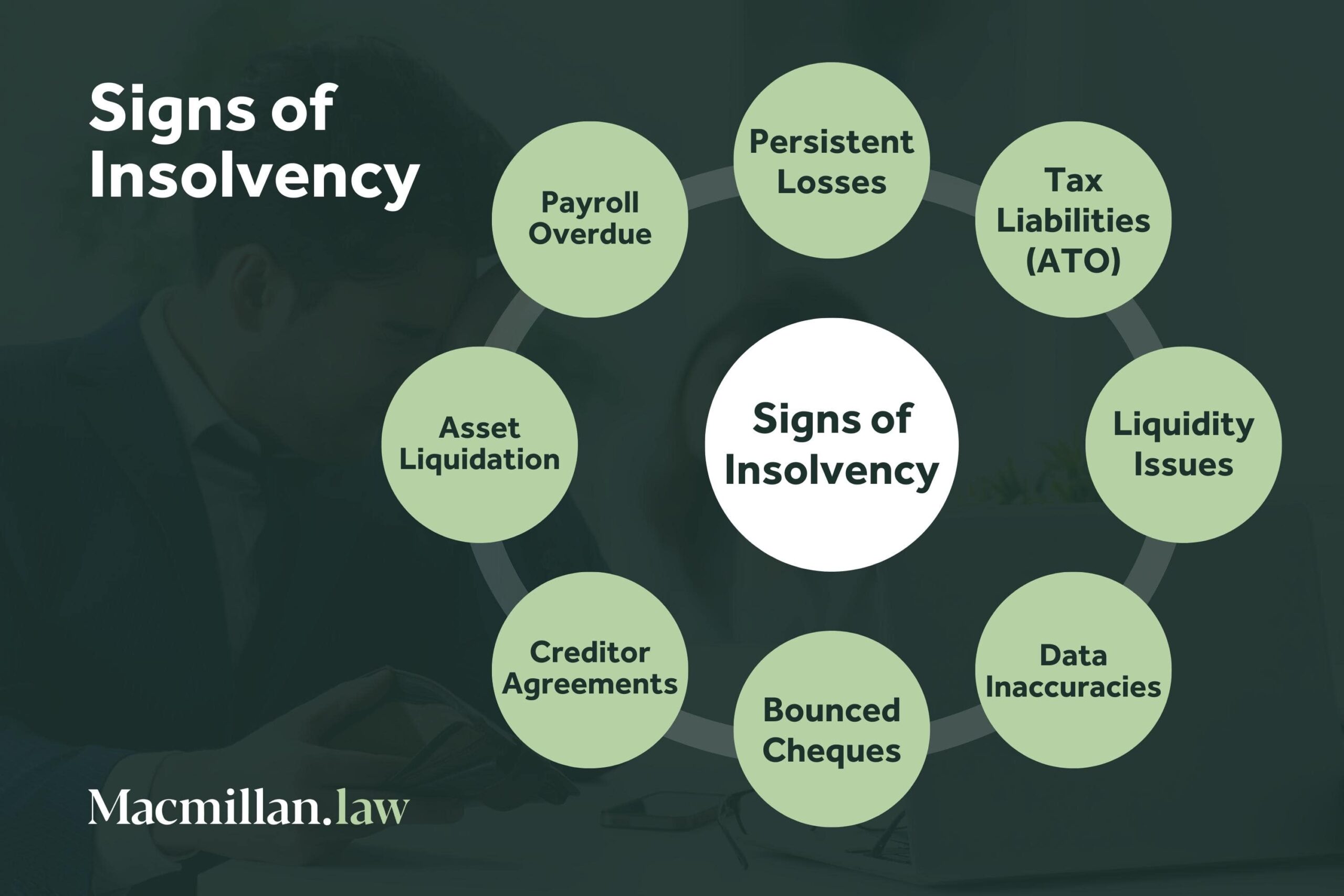Unknown Facts About Insolvency Practitioner
Unknown Facts About Insolvency Practitioner
Blog Article
5 Easy Facts About Insolvency Practitioner Explained
Table of ContentsHow Insolvency Practitioner can Save You Time, Stress, and Money.See This Report about Insolvency PractitionerHow Insolvency Practitioner can Save You Time, Stress, and Money.Get This Report on Insolvency PractitionerThe Facts About Insolvency Practitioner UncoveredThe Ultimate Guide To Insolvency PractitionerExcitement About Insolvency Practitioner
Insurance coverage is kept an eye on and regulated by state insurance coverage departments, and among their primary goals is safeguarding insurance holders from the danger of a firm in monetary distress. When a company gets in a duration of financial trouble and is not able to satisfy its obligations, the insurance policy commissioner in the firm's home state starts a processdictated by the regulations of the statewhereby efforts are made to help the business regain its monetary footing.If it is established that the company can not be fixed up, the firm is declared bankrupt, and the commissioner will certainly ask the state court to purchase the liquidation of the business. The insurance policy commissioner, either assigned by the guv or elected, heads the state insurance coverage division and monitors and controls insurance activity within the state.
[Back] By acquiring control of a business, the commissioner (or the insurance department) is, by legislation, the rehabilitator or liquidator of the business. In this ability, the commissioner or division takes control of the firm's procedures. Instead than do so straight, the commissioner might preserve an unique replacement receiver to supervise the business's activities - Insolvency Practitioner.
The smart Trick of Insolvency Practitioner That Nobody is Discussing
The receiver looks after an audit of the business's properties and responsibilities and provides the estate of the company. In doing so, the receiver seeks to make best use of the business's possessions, transfer them to money, and afterwards disperse that money to creditors having legitimate insurance claims against the insurance provider in conformity with repayment concerns specified by state legislation (in all states, insurance holders are priority plaintiffs whose claims are paid prior to those of general financial institutions).
All insurance provider (with limited exemptions) certified to market life or medical insurance or annuities in a state should be members of that state's guaranty association. The guaranty organization accepts the commissioner and the receiver in pre-liquidation planning. Once the liquidation is ordered, the warranty organization supplies protection to the business's insurance holders that are state residents (approximately the degrees specified by state lawssee listed below; any kind of benefit amounts above the warranty asociation benefit degrees come to be insurance claims against the firm's remaining properties).
Top Guidelines Of Insolvency Practitioner
The above insurance coverage degrees use separately for each and every bankrupt insurance firm. [Back] When an insurance company falls short and there is a shortage of funds required to satisfy the responsibilities to insurance policy holders, state warranty associations are triggered. Warranty associations have two main sources of funding when offering insurance coverage to insurance policy holders. Initially, warranty organizations have subrogation rights to a proportional share of the possessions remaining in the stopped working insurance firm.
Second, insurance firms doing business in that state are evaluated a share of the quantity needed to fulfill the part of the guaranty associations' covered claims not otherwise funded with estate assets. The amount insurance providers are analyzed is based upon the quantity of costs that they gather in that state. [Back] The National Company of Life and Health Insurance Guaranty Associations (NOLHGA) is made up of the life and medical insurance guaranty organizations of all 50 states and the Area of Columbia.
NOLHGA develops a task force of representative warranty associations to collaborate with the insurance policy commissioner to my sources establish a strategy to secure insurance holders. To find out more on NOLHGA's role in the procedure, see "What Is NOLHGA?" and "The Security Net at the workplace." [Back]
Insolvency Practitioner Things To Know Before You Get This

Predictive security by assisting you select the best clients and the ideal markets to stay clear of poor financial debt to begin with, many thanks to severe monetary evaluation. Thorough Clicking Here market intelligence, giving you with 360-degree exposure on business fields and impending problems. It would be a simplification to assume a trade credit rating insurance policy starts and ends with premiums and pay-outs.

The Facts About Insolvency Practitioner Uncovered
It can lead to task losses, asset sales, and also insolvency. It is vital to comprehend just how business bankruptcy works and how it can affect your company. Why does a company participate in insolvency? There are a variety of factors why a business might participate in insolvency. One of the most typical reason is that the business is not able to pay its financial debts as they fall due.
Other factors for insolvency include fraud, mismanagement, and unanticipated costs. Insolvency can additionally lead to job losses and the closure of organizations.
Some Known Details About Insolvency Practitioner
This can have major ramifications for the firm, its stakeholders, lenders and the economic climate. The business might be compelled to sell possessions, gave up personnel and even fold. This can have a knock-on effect on the regional neighborhood and the economic climate all at once. Creditors might be overlooked of pocket and the firm's shareholders might see their financial investment disappear.
This can happen for a variety of factors, consisting of inadequate monetary monitoring, unexpected costs, or a change out there. If a firm is bankrupt, it might be compelled to close down or market off assets to pay financial institutions. This index can have a significant influence on business, staff members, and shareholders.
It can lead to work losses, property sales, and also personal bankruptcy. It is essential to understand how corporate bankruptcy works and exactly how it can affect your service. Why does a business enter into insolvency? There are a variety of reasons a business might enter into bankruptcy. The most typical reason is that the firm is not able to pay its debts as they fall due.
Some Known Questions About Insolvency Practitioner.
Various other factors for bankruptcy consist of fraudulence, mismanagement, and unexpected costs. Insolvency can also lead to task losses and the closure of organizations.
The company may be compelled to market properties, lay off team or also close down. Creditors may be left out of pocket and the company's investors may see their investment disappear.
Report this page